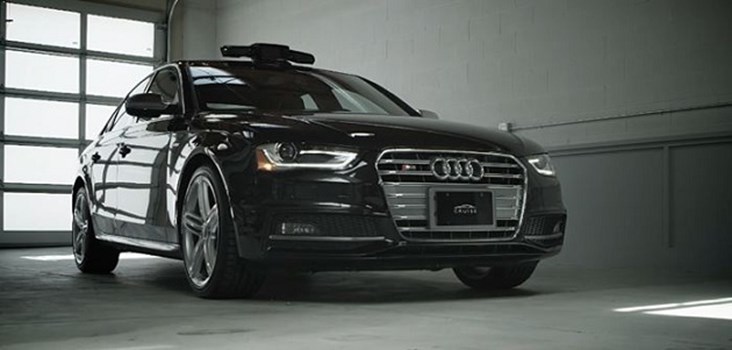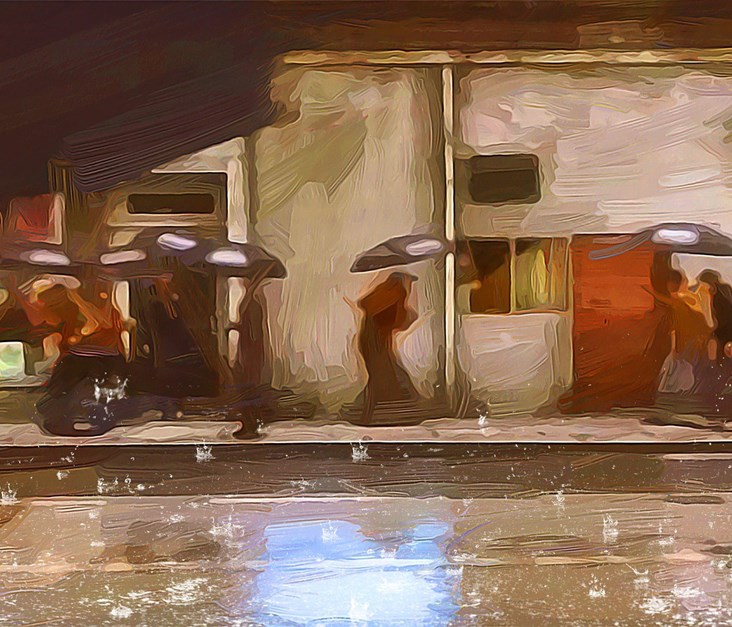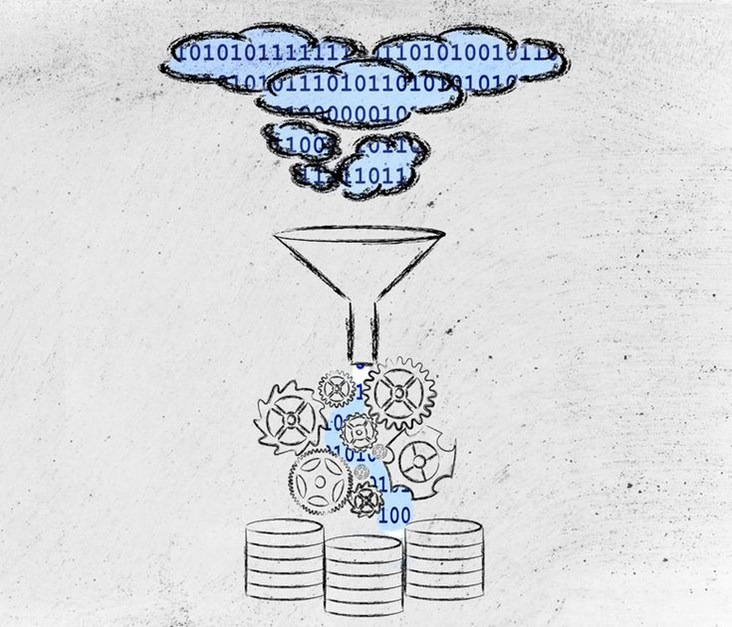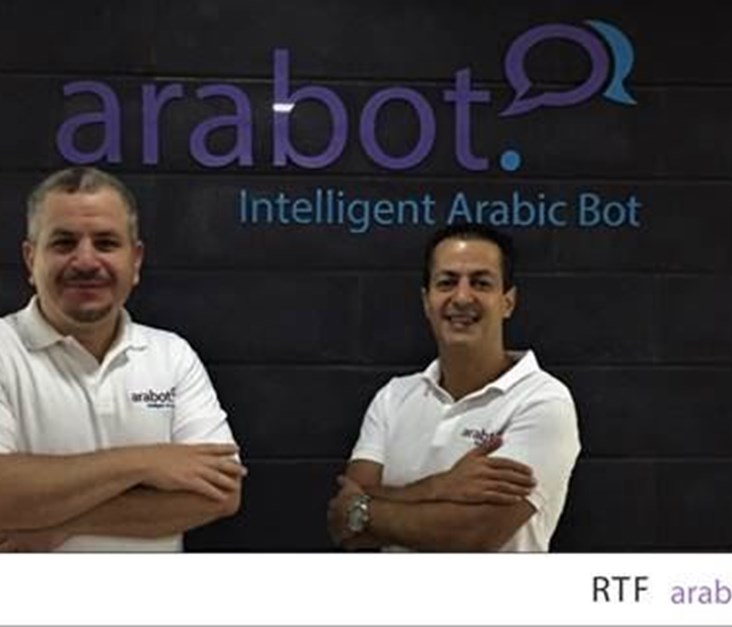
Google has been relentless in its push to automate driving, surprisingly more so than established car manufacturers. In its latest development, its driverless car program unveiled its own vehicle: a tiny two seater that forgoes steering wheels, gas and brake pedals. Even more surprising perhaps is that its biggest competition might not come from the automotive industry as you would imagine, but from a small San Francisco based technology startup.
Cruise Automation, a recent graduate of Y Combinator, is offering driverless capability wrapped in a kit that can be strapped onto the roof of a car. Currently, the unit, which is called Cruise, is only compatible with two Audi models, A4 and S4, but the team is working hard towards making the device suited to a broad range of models and manufacturers. The idea, naturally, is to be able to convert any car into a driverless one using their unit. The model is called Cruise RP1 and costs a hefty $10,000, that’s almost a third of the price of the Audi A4. Installing it is a fairly simple process that takes a few hours.
The system works very much like an improved version of regular cruise control. Push a button and the system takes over and maintains the pace of the car. The added benefits include automated acceleration and braking as well as navigating around obstacles.
The most visible part of the Cruise RP1, and the one that is most akin to Google’s system, is the sensor pod which sits on the roof the car. It contains cameras, a radar, and sensors. There’s also a computer lodged in the car’s trunk and actuators beneath the pedals that enable steering, accelerating, and braking.

Similar to Google’s work with Maps, the company is working on mapping roads around the country. The collected data will form a network of road information that can be shared between the vehicles operating the RP1. This includes camera images of the road, GPS and inertial measurements. The data will serve to create a list areas that the system recognizes and is able to navigate.
The RP1 has its own app as well. It shows users everything their device sees, including the surroundings, speed, and lane markers. The company is currently taking pre orders for 50 units and promises installation in 2015.
In a Forbes article, Cruise’s founder Kyle Vogt suggested that the company is working independently from car manufacturers while claiming that working directly with automakers can take three-to-five years. Vogt is also the founder of Socialcam, sold to Autodesk for $60M Justin.tv, and Twitch TV, currently being bought by Google for more than a billion dollars. He left the latter in 2013, one month before founding Cruise Automation.
Cruise isn’t nearly as sophisticated or ambitious as Google’s car. For instance, you won't be able to command it to take you places, it isn’t that capable. It is, as we said before, merely a smart cruise control machine. It describes itself as a highway autopilot, its promise is making sure your car “remains safely in its lane and a safe distance from the car in front of you.” Is it better than the Google’s machine? A resounding no. Could it be more adequate to the market? Maybe.
Google is making a significantly bigger bet. This means either bigger reward or a higher chute. A launch as early as that of Cruise is definitely out of the question as well. Another hurdle that Google faces and that Cruise inherently steers clear of concerns regulation. Driverless cars with steering wheels and pedals are much likelier to pass abide by regulations. Legislators are much more intimidated by mechanisms that completely cede control to a machine, and that seems to be the direction Google is headed in at the moment.
.jpg)
Latest Business
Intelligence Report














